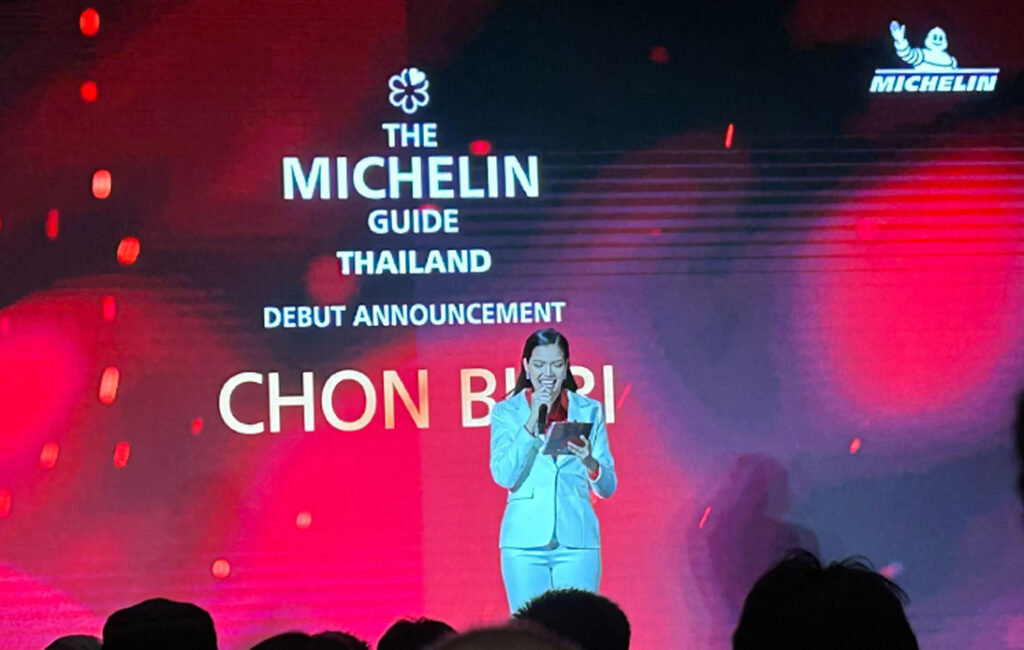
Spring water, often labeled as pure and natural, isn’t quite as pristine as it is portrayed.
The perception of bottled water as a cleaner option compared to tap water is widespread. If not directly from a mountain spring, it is believed to be purified and free of chemicals.
However, recent research from Columbia University and Rutgers University reveals that bottled water might actually be more contaminated with microscopic plastic particles, which can enter the bloodstream.
Scientists have long been sounding the alarm about the widespread presence of microplastics globally. These tiny particles emerge as plastics degrade into progressively smaller pieces.
Their sizes vary, ranging from five millimeters (1/4 of an inch) to as tiny as 1 micrometer (1 millionth of a meter, or 1/25,000th of an inch).
These microplastics have been detected in extreme locations, from the summit of Mount Everest to the deepest parts of the ocean, but their effects on human health and ecosystems remain largely unknown.
Past research has shown that a single liter of bottled water might contain up to tens of thousands of microplastic particles visible under a microscope.
However, these studies were limited to identifying particles only as small as 1 micrometer, primarily due to the limits of available technology.
A recent study, published on January 8 in the journal Proceedings of the National Academy of Sciences, employed a new laser technique to detect even finer fragments.
This advanced technology, created by Columbia biophysicist Wei Min, who is also a co-author of the study, revealed an alarming 240,000 plastic fragments per liter of bottled water.
The study found that about 90% of these particles were nanoplastics, smaller than 1 micrometer.
These tiny plastics can move through the intestines and lungs into the bloodstream, potentially lodging in vital organs, crossing into the brain, and even reaching unborn babies through the placenta.
It’s not unexpected that in the testing of three popular bottled water brands (whose names were not disclosed) one of the most frequently found nanoplastics was polyethylene terephthalate, or PET. This type of plastic is widely used in the bottled beverage industry.
It’s believed that these tiny particles might wear off into the water through actions like squeezing the bottle or repeatedly twisting the cap on and off. Nylon was another type of plastic commonly detected in the bottled water.
Beizhan Yan, a co-author of the study and a geochemistry research professor at Columbia’s Lamont-Doherty Earth Observatory, posits that these particles could potentially originate from the filters used in water purification processes.
“There is a huge world of nanoplastics to be studied,” Min notes. He points out that while nanoplastics may constitute 90% of the plastic particles discovered in bottled water, their overall mass is significantly smaller.
However, this aspect offers scant reassurance. Min emphasizes, “It’s not size that matters. It’s the numbers, because the smaller things are, the more easily they can get inside us.”




















